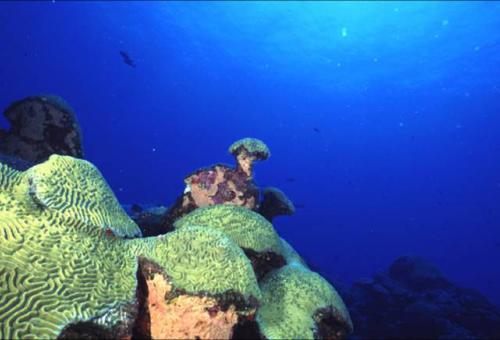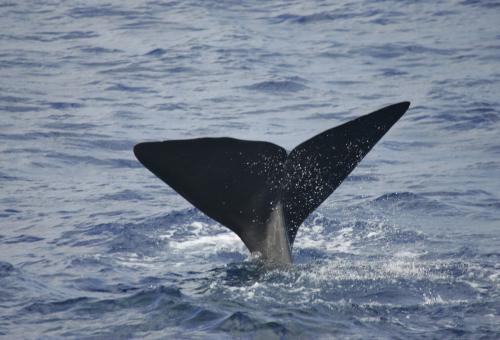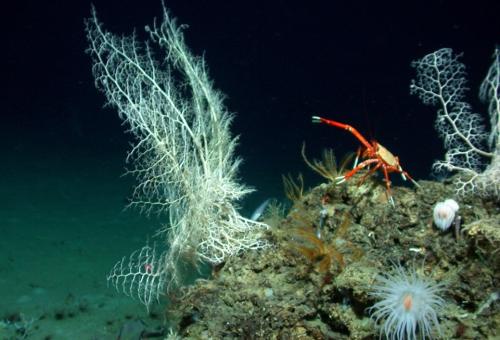BOEM’s mission is to manage development of U.S. Outer Continental Shelf (OCS) energy, mineral, and geological resources in an environmentally and economically responsible way. The Outer Continental Shelf Lands Act (OCLSA) directs BOEM to study and consider coastal, marine, and human environmental impacts when making decisions on how to effectively promote economic development, promote environmental protection, and foster energy development and national security. The Energy Policy Act of 2005 authorized the development of regulations for the Outer Continental Shelf (OCS) Renewable Energy Program. This regulatory framework requires significant site-specific research prior to the siting of offshore facilities. In addition to multiple levels of review, BOEM develops, funds, and manages a rigorous scientific research program.
Biologists evaluate the impacts of proposed actions and coordinate with stakeholders and with other federal agencies. This coordination includes working with the National Marine Fisheries Service (NMFS) and the U. S. Fish and Wildlife Service (FWS) to conduct reviews under the Endangered Species Act (ESA) and the Magnuson-Stevens Fishery Conservation and Management Act (MSA).
Archaeologists are responsible for fulfilling BOEM responsibilities under Sections 106 and 110 of the National Historic Preservation Act and bureau Tribal Liaisons ensure compliance with Executive Orders and Departmental policies regarding coordination with tribal governments. Section 106 requires that a Federal agency consider the effects of its actions on properties eligible for listing to the National Register of Historic Places. Section 110 requires a Federal agency to document and interpret archaeological resources that may be affected by its actions. BOEM fulfills its Section 106 responsibilities by requiring operators to conduct pre-disturbance remote sensing surveys and avoid areas that are indicative of historic or prehistoric archaeological properties.








